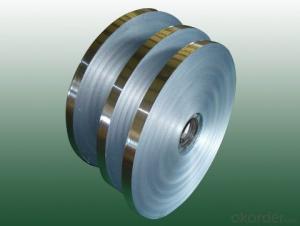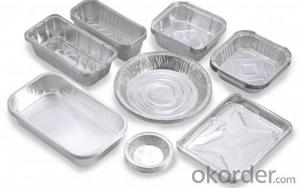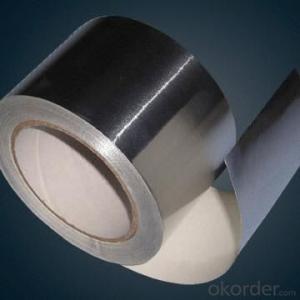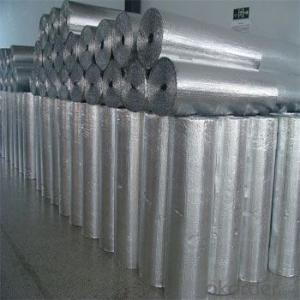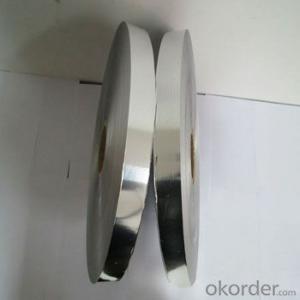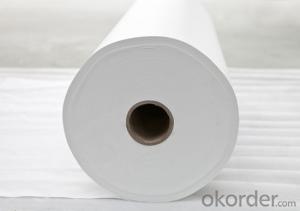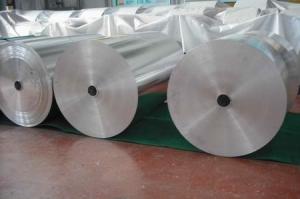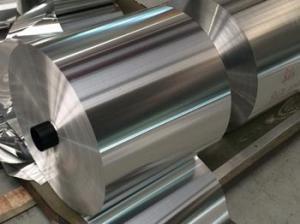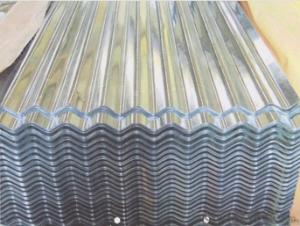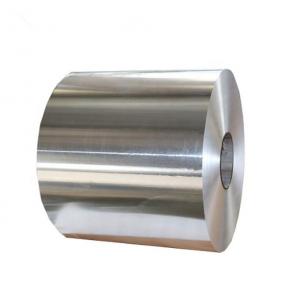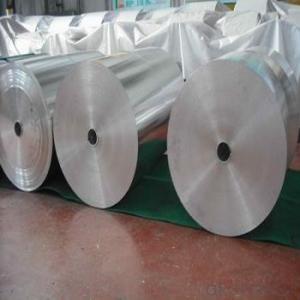Aluminum Foil Recycle Bin
Aluminum Foil Recycle Bin Related Searches
Led Light Bulbs For Ceiling Fixtures Led Lamps For Ceiling 42 In Ceiling Fan With Light Aluminum Coil Stock For Gutters Aluminum Foil For The Grill Hole Saw For Aluminum Plate Aluminum Tread Plate For Trailer Bow Plate For Aluminum Boat Aluminum Foil For Grow Room Aluminum Foil For Joint PainHot Searches
Stock Price For Aluminum Aluminum Coil Stock For Sale Aluminum Gutter Coil For Sale Used Aluminum Scaffolding For Sale 1/4 Aluminum Plate For Sale Aluminum Bar Stock For Sale Aluminum Round Stock For Sale Aluminum Diamond Plate For Sale Aluminum Scaffolding For Sale Craigslist 6061 Aluminum Plate For Sale Aluminum Dock Plate For Sale 7075 Aluminum Plate For Sale Aluminum Tread Plate For Sale Aluminum Checker Plate For Sale Aluminum Plate For Sale Near Me Plate Aluminum For Sale Aluminum Plate For Sale Aluminum Square Stock For Sale Aluminum Flat Stock For Sale Billet Aluminum Stock For SaleAluminum Foil Recycle Bin Supplier & Manufacturer from China
Okorder.com is a professional Aluminum Foil Recycle Bin supplier & manufacturer, offers integrated one-stop services including real-time quoting and online cargo tracking. We are funded by CNBM Group, a Fortune 500 enterprise and the largest Aluminum Foil Recycle Bin firm in China.Hot Products
FAQ
- When in use in a Chemistry Lab, why are containers of potassium permanganate covered with aluminum foil?
- Let me take an (educated I hope!) guessKMnO4 strongly absorbs in the visible region (I can't think of a cmpd that has a stronger molar absorbtivity)The absorption is not a d-d transition as Mn in [MnO4]^- is formally Mn(VII) or d^0It is due to a LMCT (ligand to metal charge transfer) that is strongly allowedIt takes an electron in a lone pair on oxygen and puts it into an empty Mn d AOIt essentially reduces Mn(VII) to Mn(VI) so prolonged exposure of KMnO4 to visible light will reduce Mn probably to brown MnO2 (Mn(IV) which of course will make the KMnO4 useless as a primary standard for redox analytical chem so it is wrapped in Al foil to keep ALL visible light away from itMost light sensitive cmpds are stored in brown bottles that keep the high energy blue and UV out, but that evidently this is not sufficient for potassium permanganate.
- Ok so I have this table on my book (I uploaded a picture here, can you see it?)And there are these questions beside the tableMy teacher answered them but I couldn't understand a word, the answers don't make sense to mePlease explain AS SIMPLE AS POSSIBLE.1) What are the values for the first, second, and third ionization energies for sodium and aluminum ANSWER: Ionization energy for Al is greater than Na because Al is smaller in size (Period Trend)2) Is it easier to remove an electron from a sodium (Na) or aluminum (Al) atom? From Na^+ or Al^+? From Na^2^+ or Al^2^+?ANSWER: 3rd IE gt; 2nd IEgt; 1st IE IE ionization energy By the way3) Which ion is more common? Na^3^+ or Al^3+?Answer : Al^3^+ is more commonNa^3+ is less common because it is breaking stability (Breaking complete energy level)Honestly the answers of the 1st and 2nd questions don't make sense to me at allAnd in the third question what does quot;breaking stabilityquot; mean?
- Understanding ionisation energy trends will help with later topics like electronegativity and bonding, and properties of elements, so you do need to get your head round thisAll those numbers in the table represent the ionisation energy of the different elementsThat's the energy needed to remove one outer electronRemoving the outer electron from an atom produces an ion with a +1 chargeRemoving an electron from a +1 ion results in a +2 ion, and so onThat's why you have the first, second, and third ionisation energiesLooking at sodium and aluminium, it's easier to remove the first electron from sodiumSodium only has one electron in its outer shell, And a mere 11 protons in the nucleusAluminium has 13 protons, which attract the electrons more strongly, and hold them closerSo it takes more energy to remove the first electron from aluminiumHowever, once you make the +1 ion, all of sodium's remaining electrons are from the shell below(The next 6 are 2p electrons) Because they are closer to the nucleus, they are harder to remove than the outermost of aluminium's electrons, which are 3s electronsSo the second and third ionisation energies are higher for sodiumThe more electrons you remove, the harder it is to remove the next oneThat's because the thing you're taking it from has an extra + charge, and holds the electron more tightlyIt'll also be smaller in sizeThe smaller the atomic (orionic) radius, the harder it is to remove an electronIn question 3, they talk about breaking stabilityWhat it means is the inert gas configurationWhen atoms have a full outer shell, they are most stableThey don't accept any more electrons, and it's difficult to remove themNote that the inert gases have the highest first ionisation energiesOnce you strip off the outer electrons and are left with an inert gas configuration, the next ionisation energy is REALLY highShown in the chart where the stepped solid lines go acrossYou need a lot of energy to remove an electron from a full outer shell.
- Let's a say an M16 or an AR-15 or an M4 that has a barrel made out of those metals instead of chrome-steel and nickel? How will it affect the rifles performance in terms of accuracy or distance of projectile?
- Kidyou have a class coming up in school that will cover physical sciencestry to stay awakeIf you failed it last yeartry to stay awake while you repeat it next year Any of the metals you listed would not tolerate the heat from any modern smokeless cartridge and projectilenor most of the blackpowder loads from years agoFolks tried bronze and iron in the earliest days of gunpowderthey did not work very well and wore out, burned out or blew up with regularity.
- I am buying a bass boat because I am an avid fisherman and was wondering if it is possible to pull a skier or a tube or something with itIt has a mercury 115 outboard motor and the boat is 16 ft longAny thoughts?
- What you run into with bass boats is the high performance setups they can haveFor example, a high ratio prop or the motor is lifted up a couple of inches off the transom.or bothThis would cause the boat to have a very high top end speed, but out of the hole, the prop would cavitateNot very good for pulling a skier out of the waterIf your boat has a high performance prop installed, buy an aluminum prop for it to ski withAlso the lower the pitch ratio, the better for skiing.
- In my project i have to build a thermosI need to build this cup that can store hot liquid for a long time without losing heatWhat should i use as my core?A mug?or a glass cup? It has to be able to survive very hot temperature so i wont use a styrofoam cup as that could melt.My next option is to wrap the cup with certain material that are good for insulation:What are you ideas on some insulators ?Some good insulators of heat that i could use are:Aluminum foilbubble wrapStyrofoambut you can state your ideas, you dont need to base your opinion on how to wrap the cup with only the materials i have shown
- I think you have fiberglass wool (insulation material) confused with solid fiberglass, like that used in laddersThe wool stuff, also known as glass wool or spun glass, has a lot of tiny slivers that can get into your skin and irritate you something awfulSolid fiberglass, like the ladder material, doesn't have these friable fibers that come off on your hand or other skin, so it doesn't have that problemSo, assuming the ladder is strong enough to hold you (check the weight rating), it's just as safe as a metal or wood ladderSafer if you're working around any wiring, becaus fiberglass is not a good conducter of electricity.
- How do I make curtains like these?
- Great question.Great answer.Thank-You both.
- I have to figure this out for chemistry, and we took all the measurements in classThe density of alumnium foil: 2.70 (of Al)Mass: .88gLength: 15.2Height: 14.5Width: xSo.2.7.88/(14.5)(15.2)(x) 2.7(14.5)(15.2)(x).88595.08x.88.001 CM^3 is the width.but then with that width how do i figure out the thickness in atoms? Someone said use angstroms but our teacher never mentioned those so i'm a little skeptical about how exactly to use them to find the thickness in ATOMs of the foil.I'm not looking for an ANSWER, i'm looking for the process so I can do it myself.thanks
- you can use stryofoam board, put the r value is not there you can left the sidiung on the out side walland drill holes in the joustso you can blow the inulation inthen lock the siding in and you well be done it went cost you that mucha nother way is to put a vent in the door to get warm air in the room.
- Why is it necessary to isolate the plates from each other? What will happen if the plates come in contact with each other?Why would the wetting/damping of the paper will improve the capacitance of the capacitor? What is the purpose of placing the bond paper in between the plates?
- a handful of unsalted pumpkin seeds make for a healthy mid day snack theyre rich in magnesium which helps lower blood pressure















